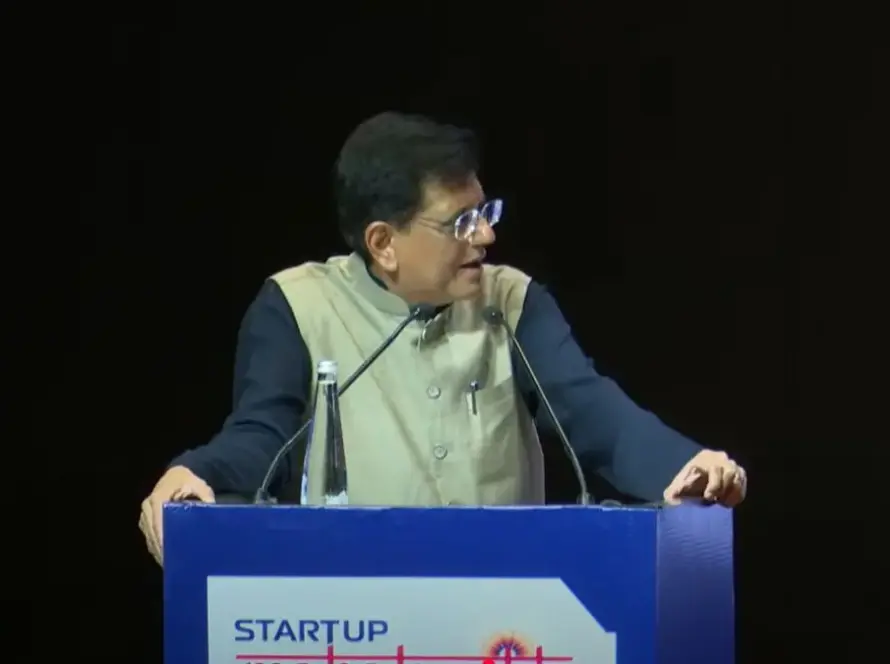We often speak of the future as if it’s something far away.
But the way our next generation is learning has already changed—and I saw the trend unfold right in front of me.
A few days ago, I was interviewing students from a college in Chennai for summer internships. These were second-year engineering students, specialising in Computer Science. I casually asked one of them to walk me through what they had learned each semester. He mentioned subjects like Modern Operating Systems and Programming in C++.
Just to test the waters, I asked if the textbooks were still the classics—Andrew Tanenbaum for Operating Systems and Prof. Balagurusamy for C++. The student gave me a puzzled look. He didn’t recognise either name.
That caught me off guard.
He then explained that exams now go beyond textbooks, and he finds the prescribed books dull and outdated. “So, how do you learn?” I asked.
Without hesitation, he said, “I learn using ChatGPT and YouTube lectures.”
At first, I was speechless.
Then curious.
After a few calls with friends in the industry and a bit of reading, I realised this wasn’t a one-off case. This is now a clear trend, especially among Computer Science students.
They are skipping textbooks. They prefer learning from videos and conversational AI. These tools offer instant answers, personalised help, and often explain things in a more relatable way. Complex topics are broken down with visuals, and the informal tone keeps them engaged. It’s quick, interactive, and often more up-to-date than printed material.
From what I saw in research papers published post-2022, this shift is very real. Studies show that AI tools like ChatGPT are now part of many students’ daily learning routines. YouTube, too, is celebrated for making abstract concepts easier to grasp. The tone is conversational and informal. The visuals are helpful. Students feel less overwhelmed.
Yet, researchers also sound a cautionary note. There are concerns about long-term retention, equity of access—especially in countries like India—and students becoming overly dependent on AI instead of learning how to think through problems themselves.
What concerns me in this new way of learning is that there’s no clear finish line.
With so much content just a click away, students often feel they haven’t learned enough, even when they have. The sheer volume creates a quiet pressure—what if there’s a better video, a clearer explanation, or a smarter prompt they’ve missed? This feeling of never being “done” brings its own kind of stress. While learning can now happen anywhere, anytime, the lack of structure can leave students anxious and unsure, especially when they have to face a traditional exam with a fixed syllabus.
What does this mean for us?
As industry leaders and business mentors, we can’t afford to ignore this shift. The old model—textbook-based learning followed by simple problem-solving interviews—may no longer work. We need to rethink our hiring questions and rework our onboarding and training programmes.
Instead of resisting the change or hoping for a return to “how things used to be,” we must adapt. This new learning model is not perfect, but it’s not going away either.
We are in interesting times. This experience has made me rethink my assumptions—and I plan to explore this topic further in the coming weeks.
Have you encountered this trend? What has been your experience?
I’d love to hear how you’re approaching it.
References
- Baek et al. (2024). Generative-AI replacing textbooks survey.
- Novita et al. (2024). Paradigm shift towards ChatGPT study.
- Adler et al. (2025). Impact of explanation videos on learning.


